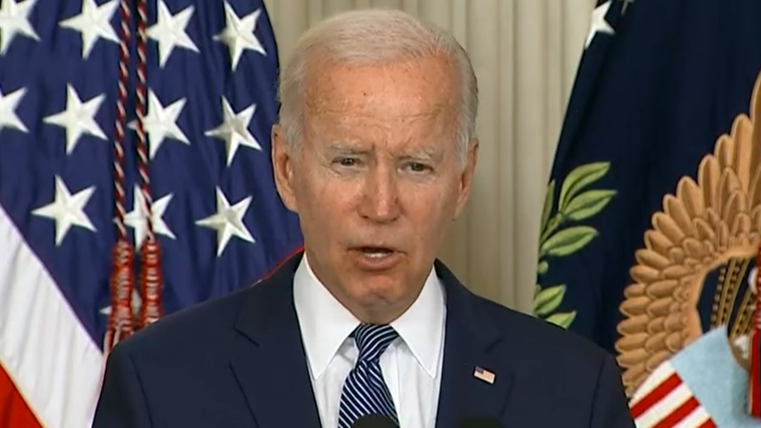- Comments
Response to IRS Requests on IRA Implementation
Comments submitted in response to a solicitation from the Internal Revenue Service (Notices 2022-49 and 2022-50) for requests for guidance relating to certain tax law changes enacted by the Inflation Reduction Act (IRA).
Read Full Comments
Ms. Porter,
The National Association of Bond Lawyers (“NABL”) appreciates the work of the Internal Revenue Service (“IRS”) and the U.S. Department of Treasury to provide guidance pertaining to tax law changes made by the Inflation Reduction Act of 2022 (Pub. L. 117-169) (the “IRA”).
In the near future, NABL intends to provide detailed comments in response to IRS Notice 2022-49 (regarding changes to the reduction in energy-related tax credit value used in conjunction with tax-exempt financing) and IRS Notice 2022-50 (regarding certain non-taxpaying entities to receive refundable energy-related tax credits as a direct payment).
NABL’s comments will emphasize that fundamental principles of tax-advantaged bonds set forth under sections 103 and 141 through 150 of the Internal Revenue Code of 1986 (the “Code”) and the Treasury Regulations promulgated thereunder, such as those relating to projects that are financed in part with proceeds of tax-advantaged bonds and in part with other sources, as well as certain timing rules, should be respected and applied consistently in the context of energy tax credits. Consistent application of the principles applicable to tax-advantaged bonds and certain energy tax credits will help further the policy objectives of the IRA.
As a preview, NABL’s comments are likely to address the following:
Comments Relating to Reduced Tax Credits When Used in Conjunction with Tax-Advantaged Bonds
- Considerations relating to the overlap, and/or lack thereof, between (i) the “project” financed with proceeds of tax-advantaged bonds for purposes of section 103 of the Code and (ii) the “eligible project” for purposes of investment tax credits or production tax credits.
- Certainty regarding how the “project” is defined for purposes of production
tax credits. - Instances in which the amount of tax-advantaged bonds issued for a particular project is less than the total amount of eligible project costs.
Additional Comments Regarding Various Aspects of Tax Credits and Tax-Advantaged Bonds
- Certain timing considerations, including (i) providing flexibility for non-taxpaying entities to apply for tax credits earlier than the year following the placed in
service date, (ii) addressing situations where tax-advantaged bonds may be issued after a project is placed in service or after the tax credit payments are initially claimed, and (iii) coordinating the timing of tax credit deadlines with other
timing provisions related to allocations of proceeds of tax-advantaged bonds and
other funds. - Confirmation that the tax credit payments do not, in and of themselves, result in “replacement proceeds” within the meaning of section 148 of the Code.
- Confirmation that any tax credit payments pledged as a source of repayment for tax-advantaged bonds will not result in a “federal guarantee” within the meaning of section 149 of the Code.
NABL is a nonprofit organization and specialty bar association of approximately 2,500 lawyers whose purposes include, among other things, providing advice and comment at
the federal, state, and local levels with respect to legislation affecting state and
municipal obligations.
Thank you in advance for your time and attention here.
Best,
Joseph (Jodie) E. Smith
President
National Association of Bond Lawyers (NABL)
CC:
- Lily Batchelder, Assistant Secretary for Tax Policy, U.S. Department of Treasury
- Brett York, Deputy Tax Legislative Counsel, U.S. Department of Treasury
- Helen Hubbard, Associate Chief Counsel, CC:FIP, Internal Revenue Service
- Jian H. Grant, Branch Chief, CC:FIP:B5, Internal Revenue Service
Follow Up Comments

Suppl. Comments on IRS Notices 2022-49 and 2022-50
Follow up comments to a November 4, 2022 letter sent by NABL suggesting various areas of need for guidance relating to certain tax provisions enacted under the Inflation Reduction Act…
